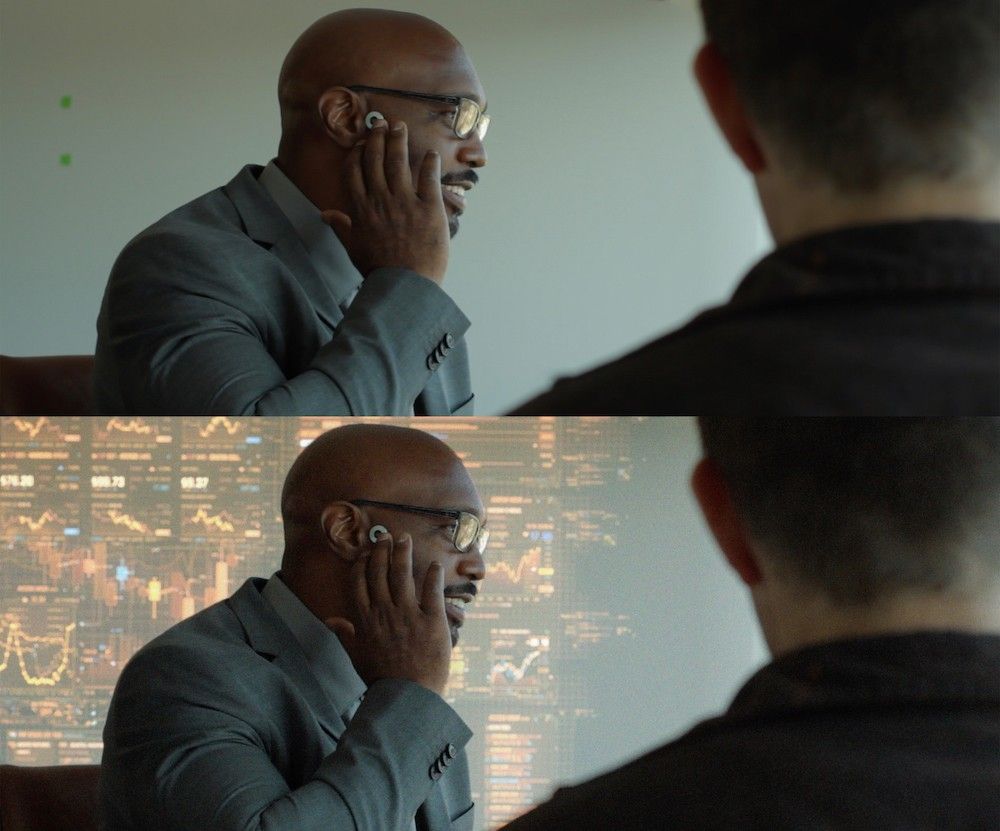Caleb Hammond, writing in MovieMaker, reveals How to Get Your Film Into Festivals.

The article summarizes responses from “a range of festival directors (many with 10-plus years of experience), programmers, and of course, screeners” to a detailed survey.
Having been a screener and member of programming committees for a number of film festivals, I’ll also chip in.
Do screeners watch every minute?
“44 percent of screeners made clear that they watch every submission to completion. Thirty-seven percent said they occasionally fail to finish viewing a submission and only 19 percent said they frequently stop a film submission early.”
I watch every minute, unless a submission is so terrible or clearly outside a festival’s field of interest.
Should my film be long or short?
The consensus is that shorter is better. Remember, the shorter the films, the more that can be programmed.
I agree. I watch hundreds of films so I’d rather watch two shorter films than one longer one. Put another way, a longer film has to be significantly better than two shorter ones to make it.
Will a film festival bend its rules for me?
Do your research and “really know the profile of every festival you consider submitting to.” This way you can save time and money by avoiding submissions to unsuitable festivals.
Make sure you check off every requirement of the festivals you submit to — no exceptions. Bonus: help me make sure your film qualifies if there’s any question about any of the requirements by explaining everything to me in your personalized cover letter.
Will festivals let my bad sound pass?
No. Bad sound is a tip off, like bad acting and bad visuals, of a bad film. Anything sub-standard makes it much tougher to accept a film. Paradoxically, casting a known actor in your film may actually raise the bar for all the other aspects of your film.
I agree. Bad sound is hard to ignore. I would almost suggest doing one or two takes of every scene close-mic’ed without camera to give yourself plenty of sound options in edit (before resorting to ADR.)
Can diversity help my film?
Yes. If two films are tied, the one with more diversity wins.
I look for diversity in both the cast and the crew.
I missed the deadline. Can I submit after the late deadline?
Maybe, but it’s not recommended. Submit as early as possible for a couple of reasons. Earlier submission costs are cheaper than later ones. Plus the later you wait, the greater the chance that a festival has already started to make decisions. Even if they haven’t, your late film is subconsciously judged agains all that have been seen before it.
I advise that you do not send a work in progress because you are asking the festival to make a couple of gambles on you and your film: will you or won’t you finish the film in time and will it or won’t it be better than other finished films that could have been chosen? Better to not rush it and submit next year when the film is completed.
I love these closing words, quoting an anonymous programmer:
“There’s a festival for every film and a film for every festival. Submit to the ones whose vision you agree with and want to support, whether you’re accepted or not.”
My take: Make the best film you can. Know your ideal audience. Research appropriate festivals on FilmFreeway. Offer your film to those festivals for their programs. If your film is selected, congratulations! If it isn’t, feel good in supporting those festivals. Continue to believe in your film and realize it wasn’t a good fit with their programs. Make better films, and repeat this cycle. Nevertheless, if you go through this loop too many times, consider starting your own film festival!









